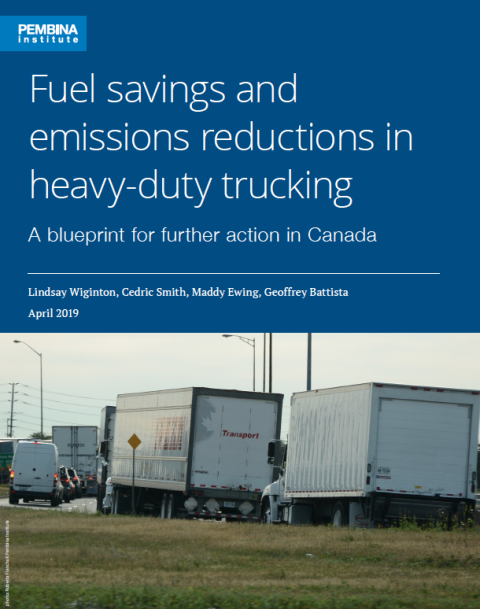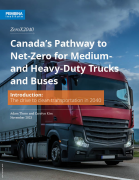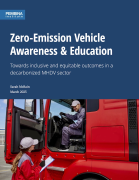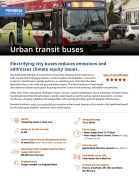Every day, the majority of goods transported by road in North America are moved by heavy-duty truck. While goods movement by truck is a backbone of the economy, it is also a major source of pollution: 10.5% of Canada’s greenhouse gas (GHG) emissions come from freight transportation, and a majority of these emissions come from heavy-duty trucks. With truck activity increasing and fewer vehicle efficiency gains compared to light vehicles, emissions from freight are expected to bypass those from passenger movement by about 2030 in Canada. Supporting a shift to a cleaner on-road freight sector must be a pillar of any climate action plan, and the federal government has an important role to play.
Since the establishment of the Pan-Canadian Framework on Clean Growth and Climate Change, Canada has had a clear action plan for supporting a cleaner transportation sector. Commitments include: setting emissions standards and improving efficiency by developing new requirements for heavy-duty trucks to install fuel-saving devices, putting more zero-emission vehicles on the road, shifting from higher- to lower emitting modes and investing in infrastructure, and using cleaner fuels. Significant progress has been made on these commitments, but further efforts are needed to accelerate fuel savings, efficiency gains, and technological shifts in the heavy-duty trucking sector specifically.
In this report, we provide a brief overview of the on-road heavy-duty freight industry and the current technology and fuel options available across the country. We also examine progress on the above commitments as they apply to heavy-duty trucking and then present a blueprint for the federal government to move the needle further on these important commitments.






